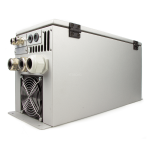Evolution gravelled for millions of years so we can stand up and we managed to change all of that within a century. As our movement and work are dependent on our basic needs, they too have changed as our needs turned out to be anything but simple. In the continuous cycle of “needs-movement-work”, we have ironically stopped.
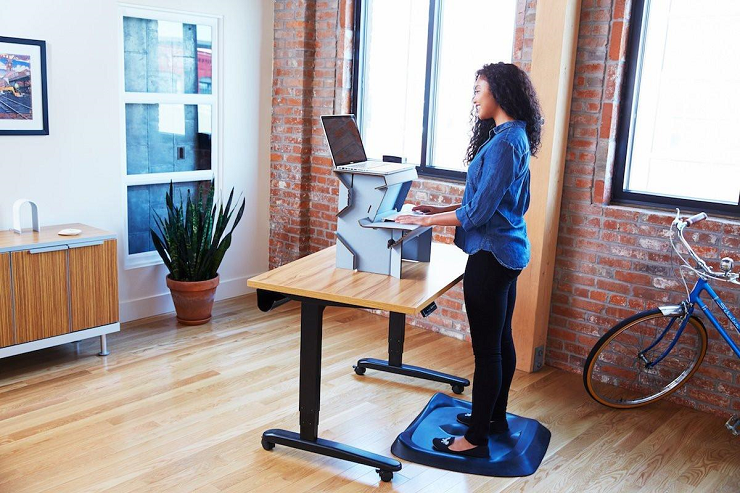
How Much Should You Sit in a Day?
Sedentary behaviour is defined as any behaviour with 1.5 metabolic equivalent task (MET) of energy spending. One MET is the resting metabolic rate or energy cost for a person at rest. This means that when you are involved in sedentary behaviour, your metabolism is stagnating even if your mental capacities are strained. Some examples are sitting at work or school, using a computer, watching TV and playing video games.
The average office worker sits for about 10 hours, shifting from the desk to the couch at the end of his work shift. If you were wondering what are the negative effects of too much sitting, get your pen and paper because the list is long. Sedentary lifestyles are one of the main enablers of “the silent killer: diabetes. Causing metabolic dysfunctions, such as elevated triglycerides, cholesterol and reduced insulin sensitivity, prolonged sitting promotes diabetes-induced dyslipidemia, atherosclerosis and coronary artery diseases.

Last but not least, sitting shortens your hip flexors while fixating and stiffing your neck. Eventually, you find yourself sitting in a completely unnatural position for who knows how long. This seemingly inevitable poor posture can cause disc compression and eventually, premature degeneration or a herniated disc.
In order to avoid poor posture and reduce your back pain, not only do you have to remain conscious of your position but you also need to think about reshaping your workspace as it has reshaped you.
How Has COVID-19 Changed the Way We Work?
Home and office are now ambiguous, interchangeable forms of our reality. Remote work, distance learning and social distancing have redefined the looks of our workweeks, influenced our family and work relationships and our physical and mental health. Nevertheless, working from home is not going anywhere. At least that’s what the majority of the world wants.
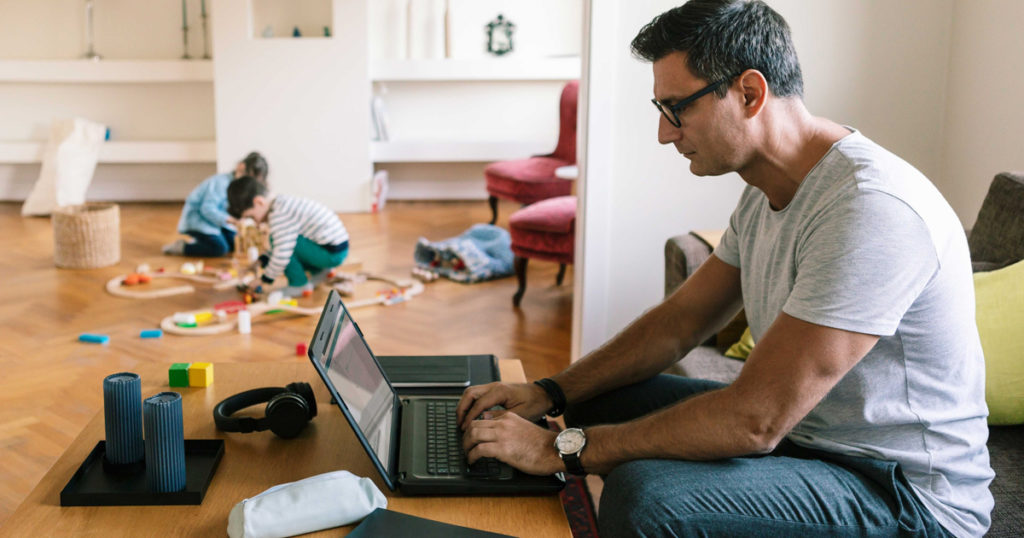
It turns out, a little reshaping might actually do us good. Slack’s latest research of 4,700 knowledge workers found the majority never want to go back to the old way of working with only 12% wanting to return to full-time office work, and 72% expressing wishes for a hybrid remote-office model. The people have voted, flexibility in the workplace is a global wish.
As Stewart Butterfield, CEO and co-founder of Slack says: “If we can move past decades of orthodoxy about 9-to-5, office-centric work, there’s an opportunity to retain the best parts of office culture while freeing ourselves from bad habits and inefficient processes.” The evolution of our tools and equipment needs to walk hand in hand with the evolution of our methods.
What’s the Best Ergonomic Equipment?
Hag Capisco Chair
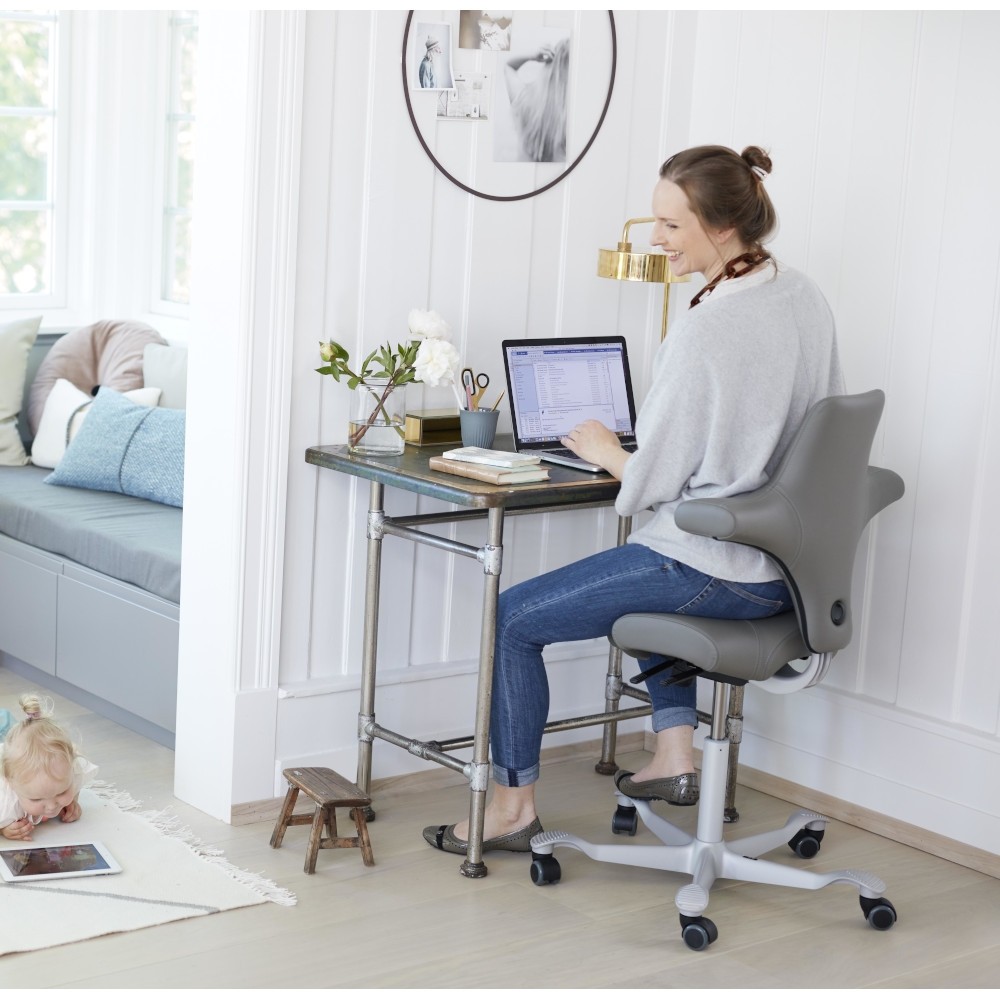
This is a piece of ergonomic equipment with an unorthodox design that allows you to flow easily from one position to the next. Besides all standard characteristics of an office chair (seat height adjustment, seat depth adjustment, back height adjustment, backwards tilt and lockable seat), the Hag Capisco chair has unique features that are much more beneficial.
The Hag Capisco ergonomic office saddle chair inspires variations of seating positions making sure your workdays are spent switching between productivity and health. Its firm saddle-shaped cushion and the cross-like back support allow elbow support or sitting in the reverse position, all while promoting and inspiring conscious work on your core and back muscles.
It might not be as relaxing as a massage chair, but the Capisco chair understands your need to move, giving true value to its name (‘capisco’ means ‘I understand’ in Italian).
Back & Seat Cushions
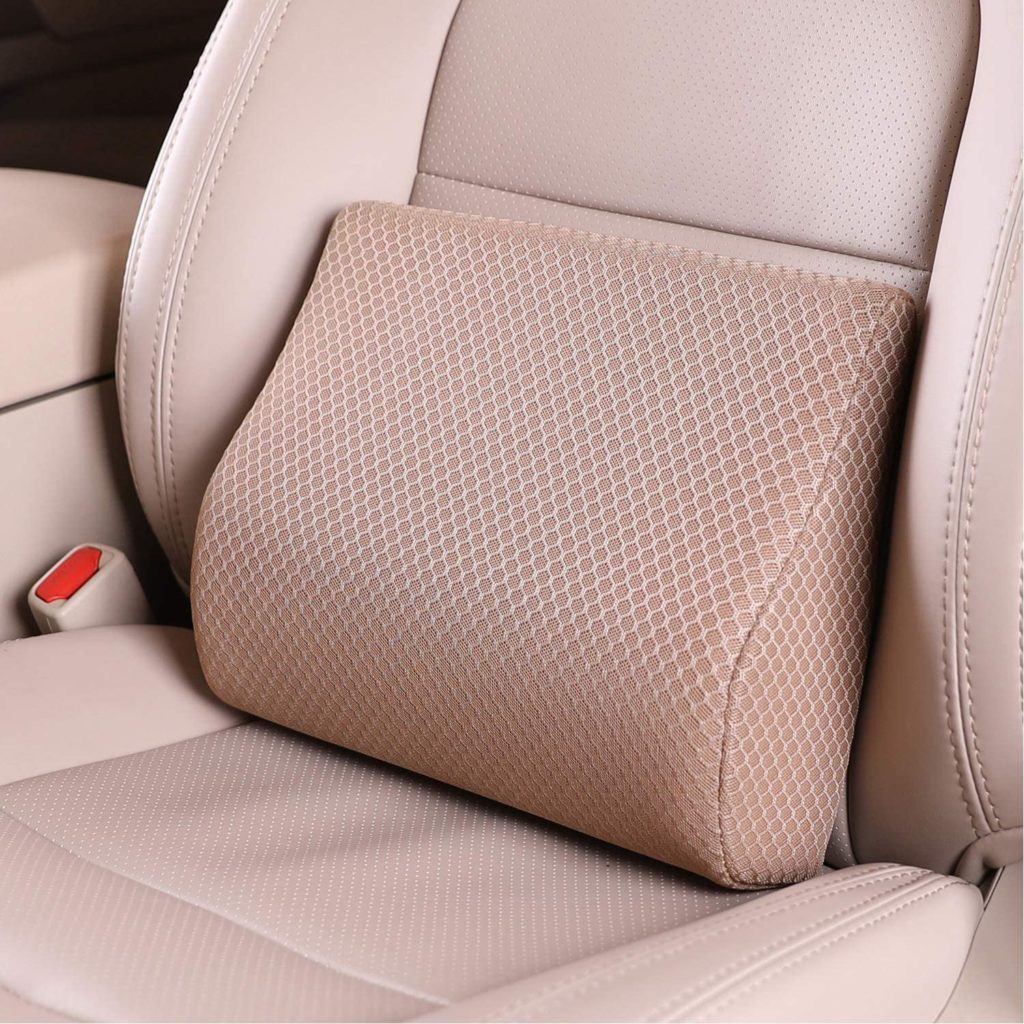
Lumbar support pillows are specifically designed to fill that D-shaped empty space between your lower back and your office chair. They provide back muscle support and realignment of the spine, relieving your pain as your muscles are relaxed. As a matter of fact, they can even be used while sleeping tucked under your knees or hips so they keep your spine in order even when you’re horizontal.
Another type of ergonomic equipment is a wedge seat cushion with a coccyx cut out at the back in order to take pressure off the tailbone. This enables you to maintain a normal lumbar curve and the correct pelvic tilt position. Although they can be made of diverse materials, the best ones are usually made out of memory foam.
Standing Desks
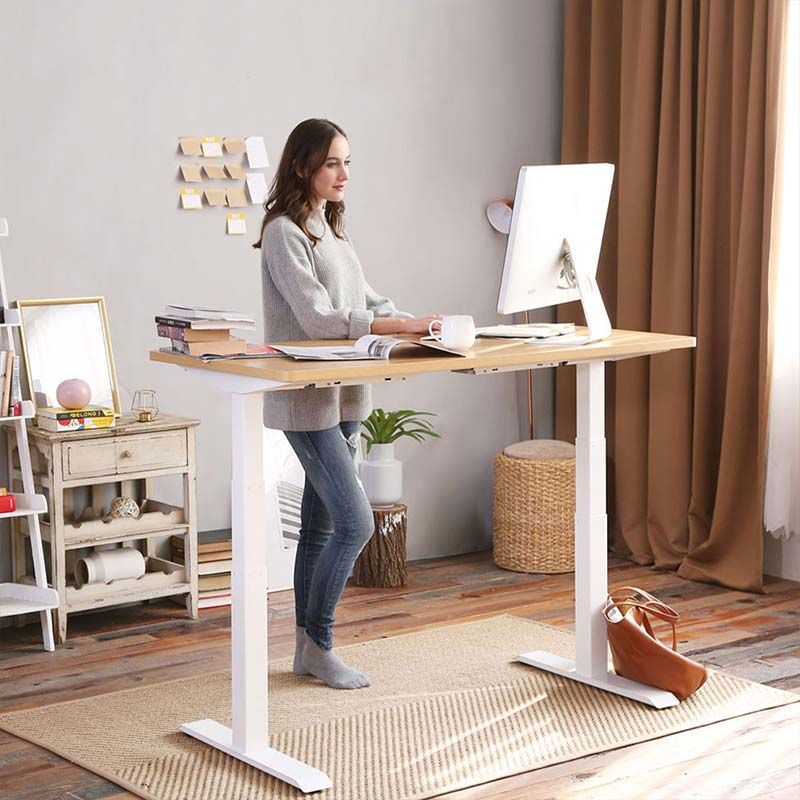
For an “on-the-go” person, a standing or a stand-up desk might be a perfect choice. While being able to stand up comfortably without interrupting your workflow, the feeling of being chained or glued down evaporates. Moreover, you’re not getting stuck with just one option as they are height adjustable and you can always go from sitting to standing and vice versa.
More evidence in support of the health benefits of standing desks is piling up the less time you spend sitting down. Standing while working has been proven to burn more calories, lower blood sugar levels, ease back pain even increasing your productivity by improving your overall mood.
Ergonomic Computer Accessories
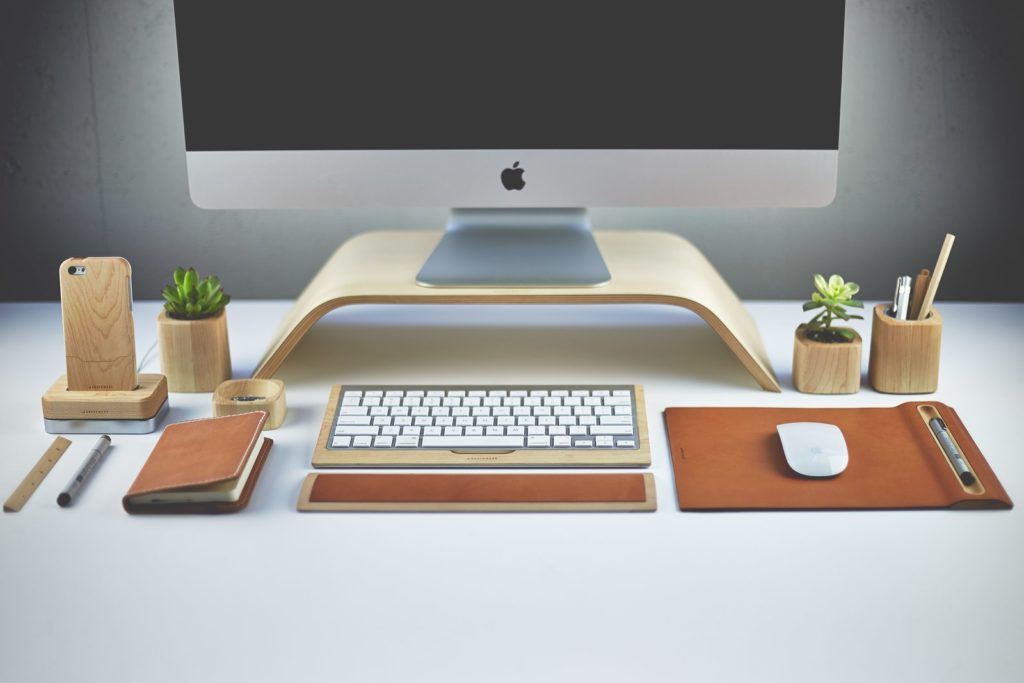
We mustn’t forget our other equipment pivotal to our remote work. The versatility of digital gadgets can be overwhelming but one thing that can help you narrow your choice is the dedication to ergonomics. In fact, diseases such as carpal tunnel syndrome or hand dystonia are clearly induced by uncomfortable and repetitive hand movements most computer professionals make.
Nowadays, there are companies dedicated to providing you with anything from ergonomic mouses (suitable for both right and left-handed people) and compact keyboards to monitor and under-desk keyboard arms to make every click or push of a button less harmful and more comfortable.



